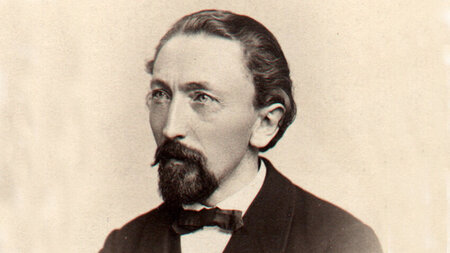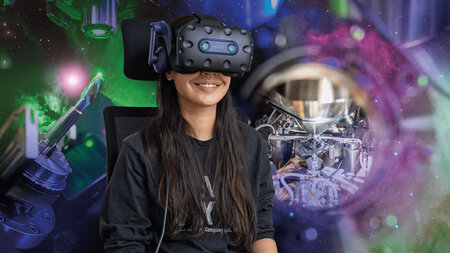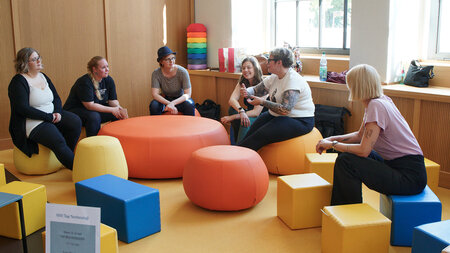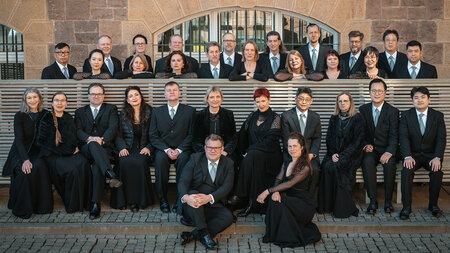Eintrag in der Universitätsbibliographie der TU Chemnitz
Volltext zugänglich unter
URN: urn:nbn:de:bsz:ch1-qucosa2-347213
Putnik, Martin
Mehner, Jan ; Hohlfeld, Dennis (Gutachter)
Simulation methods for the mechanical nonlinearity in MEMS gyroscopes
Simulationsmethoden für mechanische Nichtlinearitäten von MEMS Drehratensensoren
Kurzfassung in deutsch
Im Zuge der Miniaturisierung werden mechanische Nichtlinearitäten immer wichtiger für die Auslegung und Optimierung von mikromechanischen Drehratensensoren.Die vorliegende Arbeit beschäftigt sich mit neuen Simulationsmethoden zur Beschreibung dieser mechanischen Nichtlinearitäten. Die Methoden werden mit Benchmark-Simulationen und Messergebnissen validiert. Die Genauigkeit der neuen Simulationsmethoden erlaubt den Einsatz in der Designoptimierung von kommerziellen MEMS Drehratensensoren.
Kurzfassung in englisch
In this thesis, new simulation methods for the mechanical nonlinearities in microelectromechanical gyroscopes are developed and validated with benchmark simulations and experimental results. The benchmark simulations use transient finite element analysis that consider geometric nonlinear effects. Experimental results are from Laser Doppler Vibrometry and electrical measurements on wafer level.Two different simulation methods, the energy- and stiffness-based approach, are compared with respect to numerical performance and accuracy.
In order to evaluate these methods, four different mechanical structures are taken into account: a doubly-clamped beam, a gyroscope test structure and two state-of-the-art gyroscopes with 1 and 2 axes. For the accuracy measurement, the simulated frequency shifts of modes
are compared to the true frequency shifts that are developed from either benchmark simulation, Laser Doppler Vibrometry or electrical measurement. The presented methods allow to predict the frequency shift of modes accurately and with a minimum of computational cost. Furthermore, the methodologies allow to generate modal reduced order models which are compatible with common model order reduction in the field. This makes it possible to incorporate mechanical nonlinearity in already established reduced order models of gyroscopes.
The simulation and modeling strategies are applicable for generic actuated structures that can be also in different fields of study such as the aerospace and earthquake engineering.
| Universität: | Technische Universität Chemnitz | |
| Fakultät: | Fakultät für Elektrotechnik und Informationstechnik | |
| Dokumentart: | Dissertation | |
| Betreuer: | Mehner, Jan | |
| SWD-Schlagwörter: | Drehratensensor , Mikrosystemtechnik , Nichtlineare Mechanik , Ordnungsreduktion , Finite-Elemente-Methode , Simulation | |
| Freie Schlagwörter (Deutsch): | MEMS , Gyroskop , Drehratensensor , Frequenzverschiebung , mechanische Nichtlinearitäten , geometrische Nichtlinearitäten , Finite Elemente Methode , Modellordnungsreduktion , Simulation | |
| Freie Schlagwörter (Englisch): | MEMS , gyroscope , angular rate sensor , frequency shift , me- chanical nonlinearity , geometric nonlinearity , finite element method , reduced order modeling , simulation | |
| DDC-Sachgruppe: | Physik, Technik, Medizin, angewandte Wissenschaften, Ingenieurwissenschaften, Angewandte Physik | |
| Sprache: | englisch | |
| Tag der mündlichen Prüfung | 01.07.2019 |




